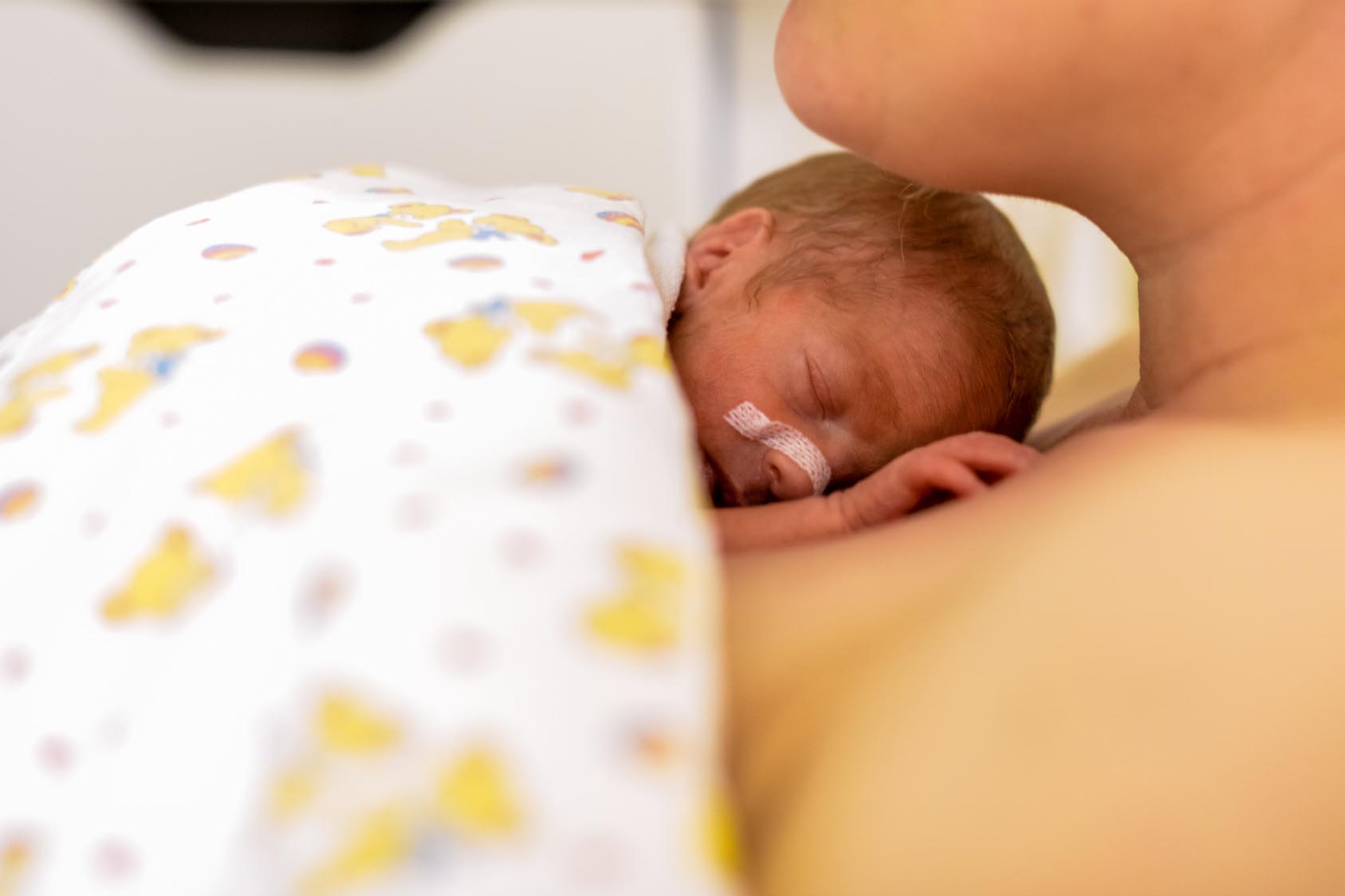-
What is already known on this topic
Preterm babies have a higher risk of developing cardiovascular, respiratory and neurodevelopmental diseases compared to children born at term. To protect preemies’ health, it’s important to determine the causes and risk factors of preterm birth. -
What this research adds
By analyzing 216 vaginal swabs, the researchers found that pregnant women who had a preterm birth had a richer and more diverse vaginal microbiota than those who had a full-term birth. -
Conclusions
The study suggests that alterations in the make-up of vaginal microbes are associated with preterm birth, but it doesn’t analyze the role of bacterial metabolites. As the authors note, more research is needed in this direction to further elucidate risk factors for preterm birth.
The vaginal microbiota of women who delivered prematurely has increased richness and diversity as well as a higher prevalence of Mollicutes compared to the microbiota of women who delivered at term. That’s the conclusion of a study conducted by Aline C. Freitas and her colleagues, which was published in the journal Microbiome.
Preterm babies and microbiome
About 11% of the world’s babies are born prematurely, or before 37 weeks of gestational age. These babies not only are likely to suffer immediate complications from preterm births, they also have a higher risk of developing cardiovascular, respiratory and neurodevelopmental diseases as adolescents and adults compared to children born at term.
To avoid premature deliveries and protect preemies’ health, it’s important to determine the causes and risk factors of preterm birth. Although its exact causes are unclear, known risk factors include advanced maternal age, low body mass index (BMI), multiple gestation, tobacco smoking and alcohol and drug abuse.
An increasing number of studies also point at intrauterine infections. The diagnosis of a normal or altered vaginal microbiota is based on the Nugent score. The normal vaginal microbiota is usually dominated by Lactobacillus species, while an abnormal one is characterized by an increase in anaerobic bacteria such as Gardnerella vaginalis, Prevotella spp., Bacteroides spp., Mobiluncus spp. and Mycoplasma hominis.
Previous studies have suggested that an abnormal microbial make-up is associated with preterm birth, but the conclusions are inconsistent.
In this study, the researchers sought to assess whether differences in the vaginal microbiota composition of women who had premature and term delivery could be used as indicators of preterm birth risk.
The team took vaginal swabs from Canadian women who delivered prematurely (n=46) and at term (n=170). The samples were collected at 11–16 weeks of gestational age and analyzed using PCR and DNA sequencing.
The 7 vaginal microbiota clusters
The analysis of the vaginal microbiota profiles revealed seven “community state types” (CST), each dominated by a specific bacterial species:
CST I: Lactobacillus crispatus
CST II: Lactobacillus gasseri
CST III: Lactobacillus iners
CST IVA: Gardnerella vaginalis subgroup B
CST IVC: G. vaginalis subgroup A
CST IVD: G. vaginalis subgroup C
CST V: Lactobacillus jensenii
The CST IVA was the most heterogeneous group, in which dominated Lactobacillus delbrueckii, Bifidobacterium dentium, Bifidobacterium infantis, Atopobium vaginae and Bifidobacterium breve.
But the researchers couldn’t identify a signature CST associated with preterm birth.
Vaginal microbiota: higher diversity in preterm birth
The researchers found that the vaginal microbiota of women who delivered preterm was richer and more diverse than that of women who delivered at term. The team also found higher bacterial loads in samples from the preterm group compared to the term group.
To test whether the presence of specific bacteria was associated with preterm birth, the researchers analyzed the abundance and prevalence of each species.
- 8 operational taxonomic units (OTUs)/species were more abundant in the term group compared to the preterm one. All these species were rare in the bacterial community: for example, L. acidophilus had an average relative abundance of 1.98% in samples from the term group and 0.18% in samples from the preterm group.
- 60 taxa had significant differences in prevalence between term and preterm groups: 11 species were more prevalent in women who delivered at term and 49 species were more prevalent in women who delivered prematurely. For instance, Bifidobacterium infantis was twice as more prevalent in the term group as it was in the preterm one, while Prevotella timonensis was 1.58 times more prevalent in the preterm group.
- Mollicutes and Ureaplasma species were found in 60% and 30% of women who delivered preterm, respectively. Mollicutes were less likely to be found in pregnant women who delivered at term.
These results suggest that the microbiota of women who delivered prematurely is richer and more diverse than the microbiome of women who delivered at term. The study also confirms previous reports that Mollicutes are associated with preterm birth. But the researchers couldn’t identify a specific microbial community linked to premature delivery.
Future studies should assess the production of microbial metabolites and the resulting host response to further shed light on risk factors for preterm birth.









